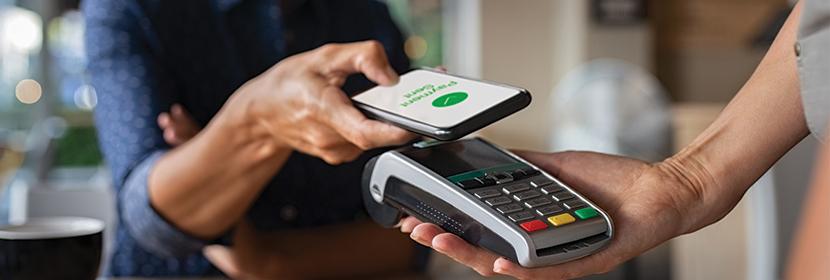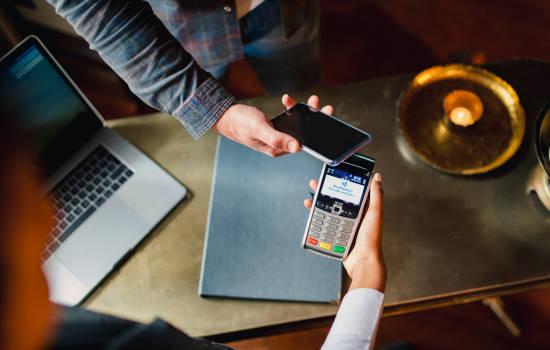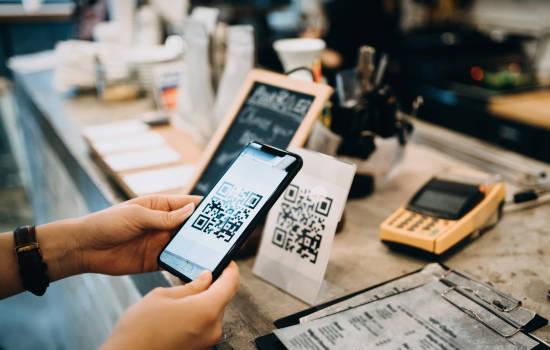Mobile Payments: The Benefits and Risks for Business

Globally, more and more SMEs are now integrating mobile payments into their payment options because of the ease of acceptance, and are improving sales and offering convenience to customers. This does not mean, however, that there are no downsides to adopting this technology into your business.
In this post, we go over the various factors that should help you evaluate the suitability of using the mobile payment system. But first, let’s have a clear understanding of what it is.
Mobile payments defined

Mobile payments are payment systems that allow shoppers or consumers to pay for purchases by simply using their phones. There are several different types of mobile payment systems, of which the most commonly-used are: SMS-based transactional payments, contactless near field communication (NFC), and virtual smartphone wallets such as Apple Pay, Samsung Pay and others.
These payment systems have gained popularity over the last few years since they are fairly inexpensive and present low barriers to entry in terms of technology and implementation. Still, if you are a business owner, it pays to take time to review the risks and benefits of mobile payments.
What are the benefits?

Convenience
One of the primary benefits of having mobile payments in place is convenience—a must for today’s consumers. It is an easier way for your clients to pay the services you render or products you intend to sell. Instead of having to pull out credit cards, debit cards, or meet up to pay in cash, customers can enjoy contactless payments through their phones.
Opportunity to integrate incentive programs
When customers buy or avail your services using mobile payments, the system automatically stores their information into your database, giving you the chance to integrate loyalty and reward programs. Customers can earn points for every purchase they make, or receive discount coupons which they can use on their next transaction. This gives you the chance to have more repeat customers in the future, which becomes a major boost to your business.
Reduced expenses
By utilising mobile devices as a payment option for clients, your business won’t need to invest in expensive and space-consuming equipment. You also won’t need to buy papers and ink for receipts, since the confirmation of purchase can be sent either through email or text message. The cost savings on store equipment and supplies will add up significantly over time.
Improved inventory tracking and customer service
Adopting mobile payment technology also offers SMEs an easier way to keep track of inventory and identify trends in customer purchasing habits. This is because the system not only captures payment information, but also purchasing data, allowing you to gain valuable insight into the products and services that are selling fast at particular times. Businesses will be able to prepare accordingly so that the supply is adequate to meet demand, and can thus ramp up sales and improve customer service.
Now what are the risks?

Security
Even the biggest and most high-profile companies suffer from data breaches; that’s a fact. It is therefore reasonable to have security concerns, considering that mobile payments may be risky endeavors both for customers and business owners. The best way to leverage this technology while minimising risk is to adopt mobile payment systems that take security seriously. These are the ones with the best measures against fraud and cybercrime such as tokenization, 2-factor authentication, and device-specific cryptograms.
It’s not a one-size-fits-all system
Businesses should understand that it isn’t always possible to have an app that can be installed across all platforms. You will be lucky to find one app that allows you to access it across various devices and operating systems. This means that there will be some customers who won’t be able to use mobile payments when availing of your products and services.
Customers’ slow adoption
While many consumers are eager to use mobile payments for the convenience the system offers, there are customers who are also set in their ways and would much rather take out their cash or debit/credit cards than wave their phones over a terminal. Although this segment is much smaller than those who do welcome mobile payments, it still needs to be considered, especially if a business is thinking of offering mobile payments as the sole payment option.
Need for updated technology and infrastructure
In some cases, mobile payment systems and the hardware supporting them are outdated. This means businesses would need to acquire newer model terminals and/or smartphones that support NFC. These systems would also require constant updating as well as a strong internet connection. You would need to evaluate if the initial investment for new hardware is worth it, and if a stable internet connection is feasible in your area of business.
If you have not yet implemented mobile payments in your business, it’s time to take a serious look at the potential growth in sales and customer base that it could bring. The important thing is to consider all the factors first so that you can then make an informed decision.
Related Posts
By accepting you will be accessing a service provided by a third-party external to https://www.htl.london/